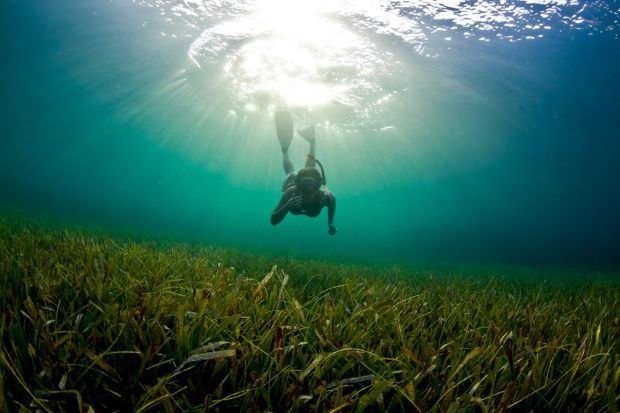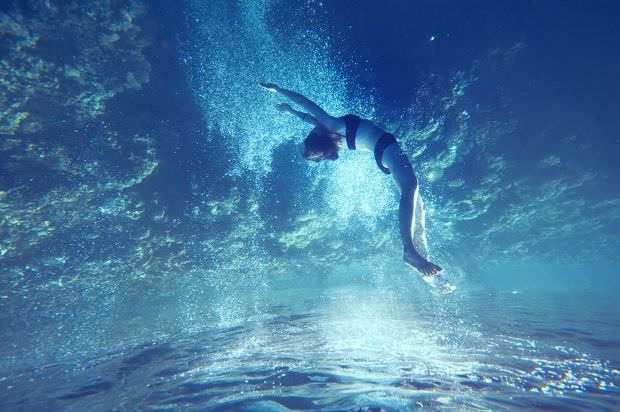
Underwater photography used to be something that not too many photographers had access to, and this was mostly caused by expensive gear and housings. That issue is off the table now with quality options like GoPro or the Nikon 1 AW1 not being too expensive.
It’s also a part of photography that has always had a mystery to it and unlike other genres, there is still a lot to more to explore. There are specific difficulties that come with photographing underwater. You can obviously do it in a controlled environment like a pool, but I think we can agree that natural waters are far more rewarding and also challenging.
Here are tips to help you create some awesome underwater images.
Control
Get used to the fact that you don’t have a lot of control over what’s happening. This is true when photographing life underwater as well as when you use water as an environment for a different subject. Fish and other creatures obviously have a mind of their own, but it’s also pretty hard to direct a model when none of you can talk. Stay sharp and have your camera pointed at the action as much as possible.
Skin tones
For the best looking skin tones try not to go below 5 feet. Skin usually looks natural between one and five feet. If you go deeper the skins loses the warmth and the skins loses the warmth and natural color.
Time of day
This is one the things that are a little different from “regular” photography. In normal conditions it’s best to avoid powerful, direct sunlight and therefore the first and the last few hours in a day are the best times to work. Underwater however you will need all the light you can get, so you have to shoot when the sun is high and the light is generous.

Bubbles
Use bubbles as much as you can. They can look great and add the extra visual appeal to your images.
Props
Be creative. Don’t settle for just a swimming model. Use some props, things you wouldn’t normally expect to see in such an environment. Get a little abstract if you like. The visual impact of props should never be underestimated.
Positioning
Try to be at the same level or below your model. Generally when photographing someone or something in water, people prefer to shoot into the water. Change the angle and explore all the generous space you have.
Focal length
You will most likely get the best results with wide-normal range lenses. Long lenses aren’t that good underwater, mostly because you have a lot of space to cover and the light doesn’t always allow it.
Stay safe
Last but not least, never forget about you and your model’s safety. No photograph is worth risking injuries and you should also be aware of your physical limitations. Ideally you should go shooting in the ocean if you’ve spent the last year on the couch and in the car. Being out of shape can actually be dangerous in these conditions so you need to take your physical fitness into account without of course forgetting about your model.

